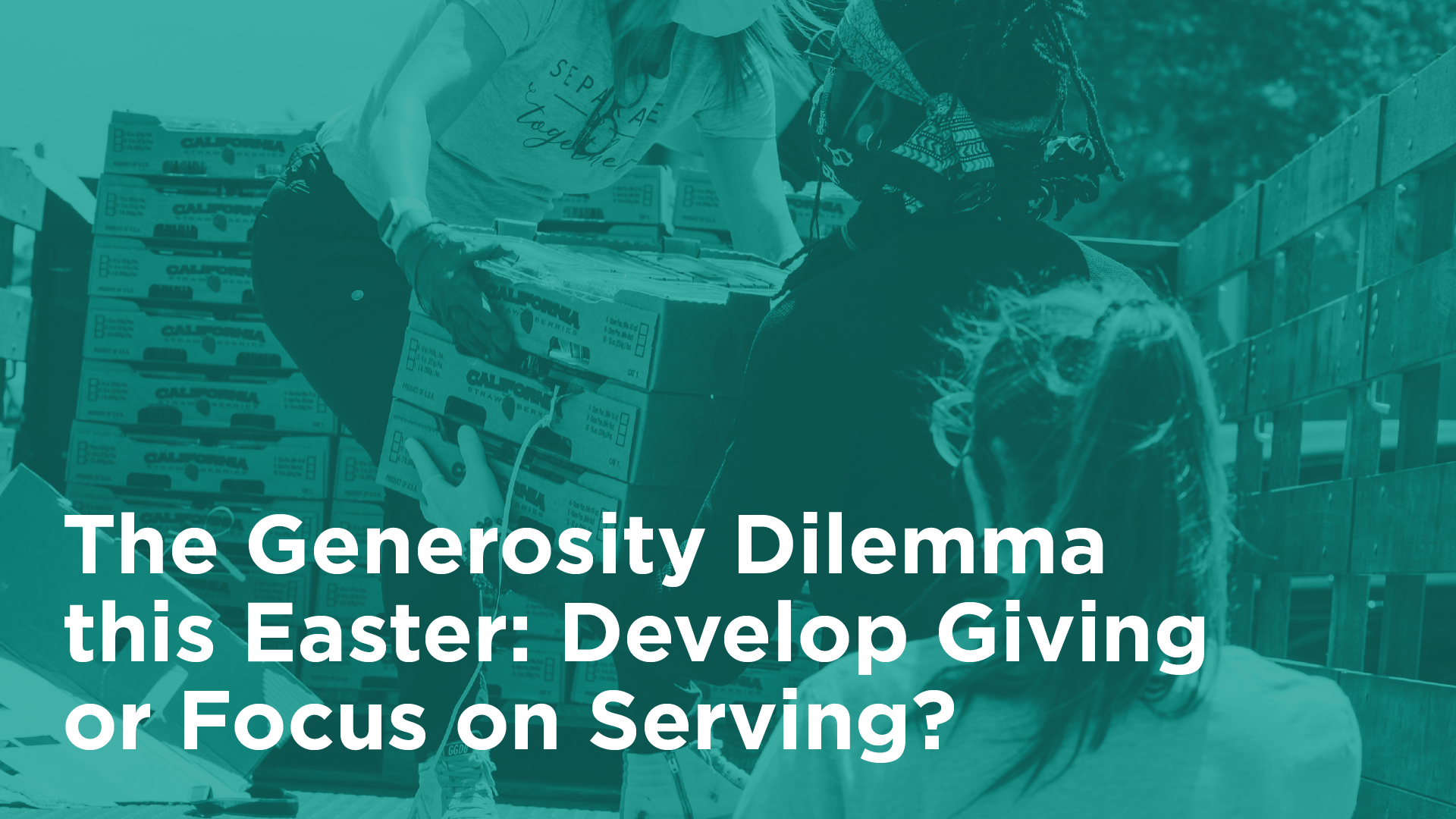Giving in a New Era: Tailoring Giving Strategies to Shifts in Donor Behavior
The end of 2024 is rapidly approaching, and leaders at schools and other non-profits are focusing on all things related to year-end giving, including fostering a culture of generosity among donors.
It might be necessary to approach these tasks differently this year, especially compared to five or ten years ago. The key to knowing the right approach to take starts with understanding the trends we’re currently seeing with giving. The Giving USA 2024 Report is a good place to start.
The report paints a picture of a challenging fundraising environment, highlighting new trends and changes in giving across various sectors, influenced by factors such as the economy, inflation, shifting priorities, and the emergence of new generations of givers.
What does this mean for your nonprofit’s advancement strategies? Let’s explore some key findings, discuss their implications, and consider how you can respond effectively before the end of the year.

1. Americans gave $557.16B to charity in 2023.
This number represents a 1.9% increase over 2022. However, when adjusted for inflation, total giving declined by 2.1%.
Now, $557.16 billion is an amazing number. This is a giving high in current dollars. However, since total giving did not outpace inflation, total giving has yet to top the all-time high of 2021.
2. Giving by individuals continues to be the overwhelming source of generosity at 67% ($374.4B).
However, it is shrinking as a percentage of total giving, which again, reflects uncertain economic times and inflation.
- 2023: 67%
- 1983: 82%
Giving by foundations (19%) and corporations (7%) has increased as an overall percentage of giving. Remember that individuals can give through foundations and bequests, so this trend isn’t as stark as it appears. But foundations and corporations are playing a more significant role in giving for a couple of possible reasons:
- The returns on invested portfolios that a foundation manages have been so strong given the overall positive performance of the equity markets.
- Corporate earnings have been especially robust, thus giving more margin for companies to be philanthropic.
3. Religion continues to have the most market share of giving, but giving to religion is declining.
Giving to religious organizations, such as schools, churches, and other non-profits was 24% ($145.81B) of total giving, which is the highest percentage of the nine categories Giving USA tracks. However, it is the only sector where donation levels were lower in 2023 than in 2019 (i.e. prior to the pandemic), when adjusted for inflation.
Giving to religious organizations peaked in 2016 and has declined for five of the last seven years. Moreover, and possibly more troubling, giving in this area has declined as a share of total giving since the five-year period beginning in 1984 where it represented 57%. In the last five years (2019-2023), it comprised only 26%. This is a decline of more than 54% in market share in the last 40 years.

Why are we seeing this decline? There could be six possible reasons:
- Fewer Americans are identifying as religious.
- Fewer Americans are going to religious services.
- Giving by individuals is shrinking as a percentage of overall giving (see #2), and the overwhelming majority of giving to religious causes is by individuals.
- The idea of “dollars up, donors down,” which translates to more being given by fewer people.
- An increase of competition as the number of 501(c)3 organizations has grown 3.2% per year over the last decade. In 2012, there were 1.08 million, and in 2022 that number was up to 1.48 million.
- There is a lack of emphasis on teaching discipleship in stewardship and giving.
In 2011, the top 100,000 AGI (adjusted gross income) individuals and families gave about 10% of all total giving to religion. In 2021, they gave 20%. Wealthy donors tend to give a smaller share of their total giving to religion when compared to everyday, middle-income donors. If those middle-income donors are decreasing in number, then it makes sense that giving to religion would decrease as well.
How can you respond to these trends in your year-end fundraising efforts?
As a non-profit leader in a position to cultivate generosity, you must respond to these trends. There’s no “one-size-fits-all” answer, but these are some strategies to consider:
- Encourage donors to commit to contributing ongoing monthly gifts instead of giving just once or sporadically. This can help stabilize fluctuations in giving due to the inflation factor. Make sure you are providing a clear giving option online.
- Share stories of impact that come from regular giving. Millennials and Gen Z are especially known for their desire to positively impact the world.
- Continue focusing on individual giving, especially at the major gift level. Large gifts from individuals remain an impactful form of giving.
- Foster trust, safety, and security in giving. Make sure people are confident about where their money is going and what it’s being used for.
- Provide multiple ways to give in order to appeal to givers of all generations. Most people are comfortable with technology, and they are looking for convenience. If they have multiple options for giving, it makes giving more accessible, convenient, and user-friendly for all.
- Recognize first time givers, thank people for unusual gift amounts and celebrate them, and thank faithful givers. These small, often overlooked things make a big difference.
- Don’t make it all about money. Year-end giving can provide much needed resources, but more importantly it can create momentum through casting vision. Those with the most resources are more inspired by your vision than your need. The greater the vision, with some specific ways they can participate, the greater the buy-in and the greater the investment they are likely to make.
- Thank people for their faithfulness so far this year. Appreciation and gratitude go a long way. This is also motivating for those who have fallen off in their giving to jump in as well.
- Communicate through every possible channel. People are busy this time of year, so use all formats available–social media, letters, websites, newsletters, and any other forms of communication you have to make the greatest impact.
- For the remainder of the year, develop intentional giving moments that will challenge your givers and encourage them.
In light of these emerging trends and challenges in the giving landscape, it is crucial for non-profit leaders to adapt their strategies to foster a sustainable culture of generosity. These trends will continue into 2025, but it’s important to start addressing them now. Don’t wait.
Emphasizing consistent monthly contributions, sharing impactful stories, and building trust with donors are key actions to ensure continued support. Tailoring approaches to appeal to all generations and integrating giving into worship can further strengthen donor engagement.
By understanding and responding to the shifts highlighted in the Giving USA 2024 report, leaders can take a proactive and informed approach to better navigate the complex environment of charitable giving and end the year strong.
Share this
You May Also Like
These Related Stories

Imagine If: How Legacy Giving Could Become Part of Your Church’s Discipleship Strategy

The Generosity Dilemma this Easter: Develop Giving or Focus on Serving?


Comments (1)